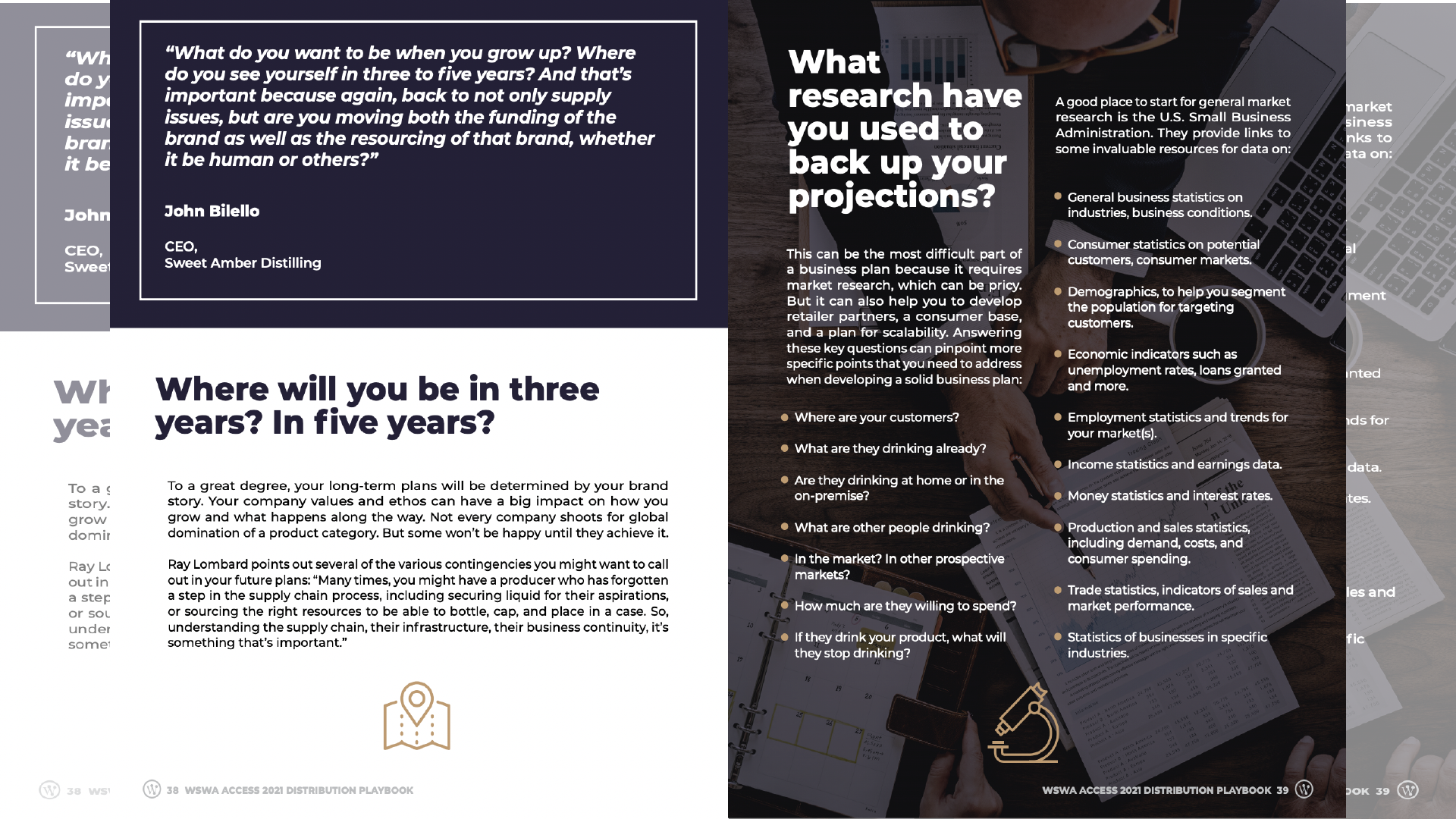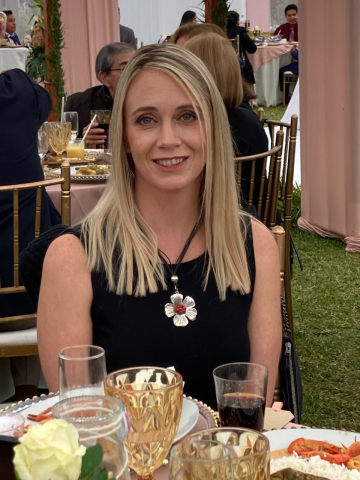This webinar features a panel of industry professionals who share proven business pivots that are enabling their teams, managed brands and customers to overcome supply chain issues with short- and long-term solutions. Unprecedented challenges impacting the availability of glass bottles, corks and caps, and other disruptions plaguing the industry have become enormous obstacles for operations. Recorded on July 19, 2022.
KEY TAKEAWAYS:
-
Turning to Domestic Suppliers. President of Hotel Tango Nick Ladig and National Accounts Manager at Amfora International Clara Allaman’s teams both turned to domestic suppliers to overcome recent supply chain disruptions. Just before the onset of COVID difficulties, Hotel Tango turned from an Italian glass supplier to a domestic partner in Indiana, mitigating shipping container delays and making mold changes a far more manageable process. Amfora faced difficulties obtaining clay after the outbreak of violence in the Ukraine. The team was able to turn to domestic suppliers in Kentucky and Indiana mitigating shipping costs and creating a more sustainable supply chain in the process.
-
Vice President of Supply Chain at Breakthru Beverage Group Peter Lijewski addressed the importance of sustain able growth and offered attendees key changes brands spirits can implement to meet demand and overcome supply chain disruptions:
1. Differentiate through décor NOT glass. Move towards standard glass bottles. Not only are these bottles in constant production, meaning it is more likely that you will find available glass, but you may also be able to use excess product from other brands and industry partners.
2. Go Clear - Avoid Custom Colors. Flint (clear glass) for spirits is in near constant production, as is Champagne Green for wine. Most producers manufacture other colors like Cobalt Blue, etc. once a year making your custom color not only more difficult to obtain in general, but also more difficult to obtain if your growth outpaces your cash reserves and previous year’s order.
3. Standardize. Using standard glass, closures, etc. not only makes sourcing easier, but also makes it easier on your logistics operators to pick at a warehouse, fit in a truck and more. -
Plan Ahead. Lijewski warned attendees that if get the call from a supplier that they‘ll be short and you have to call them back it’s too late. Your team needs a disaster plan ready to go. Allaman recommends ordering ahead where possible– her team has increased their lead time from 15 days to 3 months to order pigments. Ladig recommends meeting with your team weekly to gain a better understanding of shifting needs. Try to separate absolute needs from nice to haves and where possible, direct projections and implement true inventory management.
CONTACTS
-
Media Inquiries: Send follow-up questions to Michael Bilello at michael@wswa.org
-
Interested in sponsoring a WSWA webinar? Contact Nicole Anderson at nicole@wswa.org
ACCESS A NEW DISTRIBUTION PLAYBOOK
Get the scoop from successful craft brand owners and operators on best practices and tips that are leading to impressive growth both on- and off-premise. Proven craft brand distributors give insight on getting into the most competitive marketplace in the world, as well as what it takes to run a business in the current climate.


Driving profitability with limited resources right now is difficult. Download the whitepaper linked below to learn the eight steps to make the most out of your top performing products so you can minimize the effects of higher costs and scarcity.




